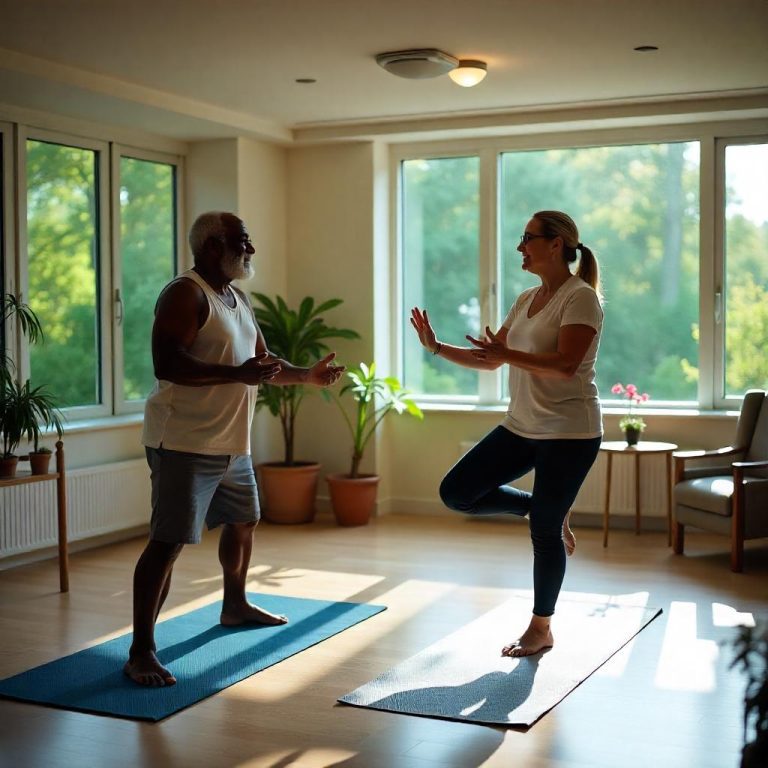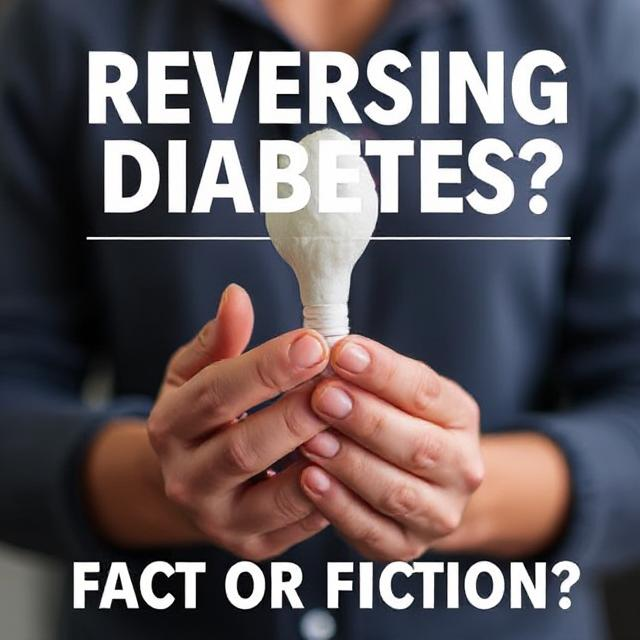In today’s fast-paced world, many of us are constantly juggling work, personal responsibilities, and everything in between. With so much to do, it might seem counterproductive to take a nap. However, science tells us that power naps—short, strategic periods of rest—can actually improve productivity, alertness, and mental clarity. So, how do these quick naps work, and how can they help boost your performance? Let’s dive into the science!
What is a Power Nap?
A power nap typically lasts between 10 to 30 minutes. It’s a brief rest period meant to recharge your body and mind without entering deep sleep (the deeper stages of REM or slow-wave sleep). The goal is to enhance alertness, cognitive function, and creativity without causing grogginess or disrupting your nighttime sleep.
The Science Behind Power Naps
- Sleep Cycles and the Brain: The human sleep cycle consists of different stages, including light sleep, deep sleep (slow-wave sleep), and REM (Rapid Eye Movement) sleep. When you nap for short durations (10–30 minutes), you typically stay in the lighter stages of sleep, which are linked to improved focus and cognitive clarity.
- Light sleep (Stage 1 & 2): During these stages, your brain activity slows, but it’s not deep enough for you to enter the restorative parts of sleep. However, even light sleep offers benefits like better mental performance and reduced fatigue.
- Avoiding deep sleep: The key advantage of power naps is avoiding the deeper stages of sleep (slow-wave and REM), which can cause sleep inertia (the grogginess you might feel after longer naps). When you wake up from a short nap, you’re more likely to feel refreshed instead of sluggish.
- The Role of Adenosine: Throughout the day, your brain produces a neurotransmitter called adenosine, which builds up and causes feelings of tiredness and a desire to sleep. Napping helps to reduce adenosine levels, which leads to increased energy and alertness when you wake up.
- How it works: As adenosine levels drop during a nap, you feel more awake and focused. A short nap, ideally under 30 minutes, helps clear away this buildup without leading to sleep inertia.
- Cognitive and Memory Benefits: Studies show that even short naps can improve memory consolidation and cognitive performance. When you nap, your brain processes and stores information gathered throughout the day, improving your ability to recall it later.
- Memory retention: Research suggests that napping can enhance both declarative memory (facts and information) and procedural memory (skills and tasks).
- Improved learning: A quick nap also helps with learning new material by boosting neuroplasticity, which is the brain’s ability to adapt and form new connections.
- Boosting Mood and Creativity: Naps don’t just help with cognitive function—they can also boost your mood and creativity.
- Mood enhancement: Taking a short nap has been shown to reduce stress and improve overall emotional well-being. This is because naps help lower levels of the stress hormone cortisol, leaving you feeling more relaxed.
- Creativity: Naps, especially in the afternoon, have been linked to enhanced creativity. After a brief rest, people often come up with more innovative ideas and solutions, likely due to the brain’s ability to make new connections during rest.
- Physical and Mental Recovery: Napping can provide a physical and mental recovery period during the day, especially if you’re sleep-deprived.
- Restoring energy: A power nap can recharge your energy levels by giving your body a brief respite from the day’s activities, preventing feelings of exhaustion or burnout.
- Enhancing focus: A well-timed nap has been shown to improve focus and performance on cognitive tasks, such as problem-solving and decision-making.
The Ideal Length of a Power Nap
The optimal length of a power nap can vary from person to person, but in general:
- 10–20 minutes: This is considered the “sweet spot” for a power nap. It’s long enough to provide a mental boost but short enough to avoid entering deep sleep stages, so you wake up feeling refreshed and alert.
- 30 minutes: This can also be effective, though some people may experience a slight grogginess (sleep inertia) when waking up, as the body may enter a deeper stage of sleep before you wake up.
- Anything longer than 30 minutes: Longer naps can lead to deep sleep, which increases the risk of grogginess when waking up. However, if you’re severely sleep-deprived, a nap longer than 30 minutes might be beneficial for recovery.
Timing Your Power Nap
The timing of your nap is just as important as its duration. Here are some ideal windows for napping:
- Early afternoon (1–3 PM): Most people experience a natural dip in energy levels after lunch, known as the “afternoon slump.” This is an ideal time for a power nap, as your body’s circadian rhythms are naturally promoting a period of rest.
- Avoid late naps: Napping too late in the afternoon or evening can interfere with nighttime sleep, making it harder to fall asleep at your regular bedtime.
Benefits of Power Naps for Productivity
- Restores focus: After a short nap, many people report being able to concentrate better, especially on tasks that require sustained attention or problem-solving.
- Reduces fatigue: Power naps help combat the mid-afternoon energy dip, improving alertness and preventing the need for stimulants like caffeine.
- Improves decision-making: Taking a short nap helps clear your mind, making it easier to make better, more informed decisions.
Power Nap Best Practices
To get the most out of your power nap, consider these tips:
- Find a comfortable environment: Choose a quiet, dark space where you can relax without distractions.
- Set an alarm: Since power naps are short, it’s helpful to set an alarm to avoid sleeping longer than intended.
- Don’t stress: If you have trouble falling asleep quickly, don’t stress about it. Just rest and let your body relax, as even this can offer benefits.
- Combine with healthy sleep habits: Power naps should complement, not replace, healthy nighttime sleep. Aim for 7–9 hours of sleep per night to ensure your body and brain are fully restored.






